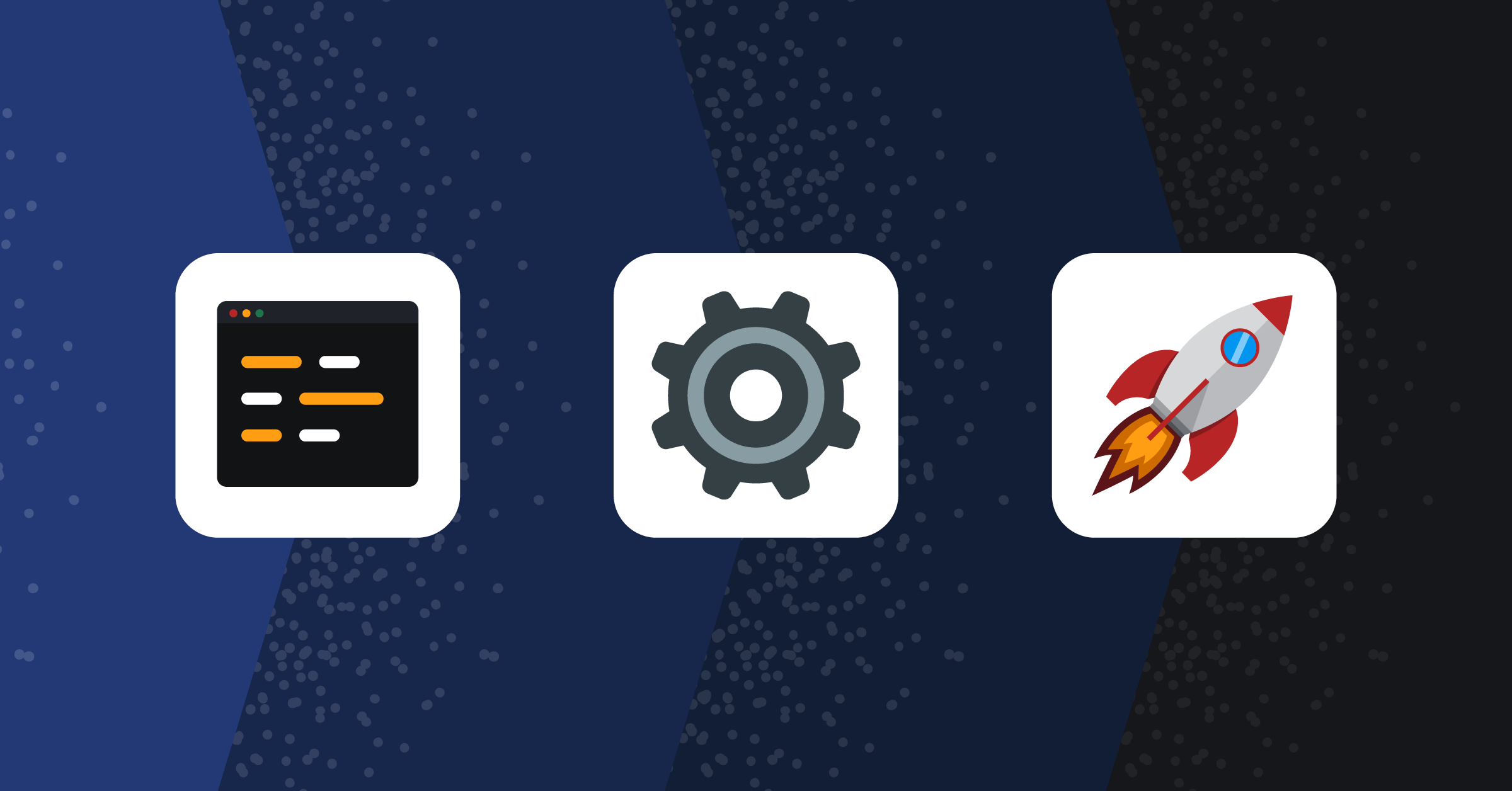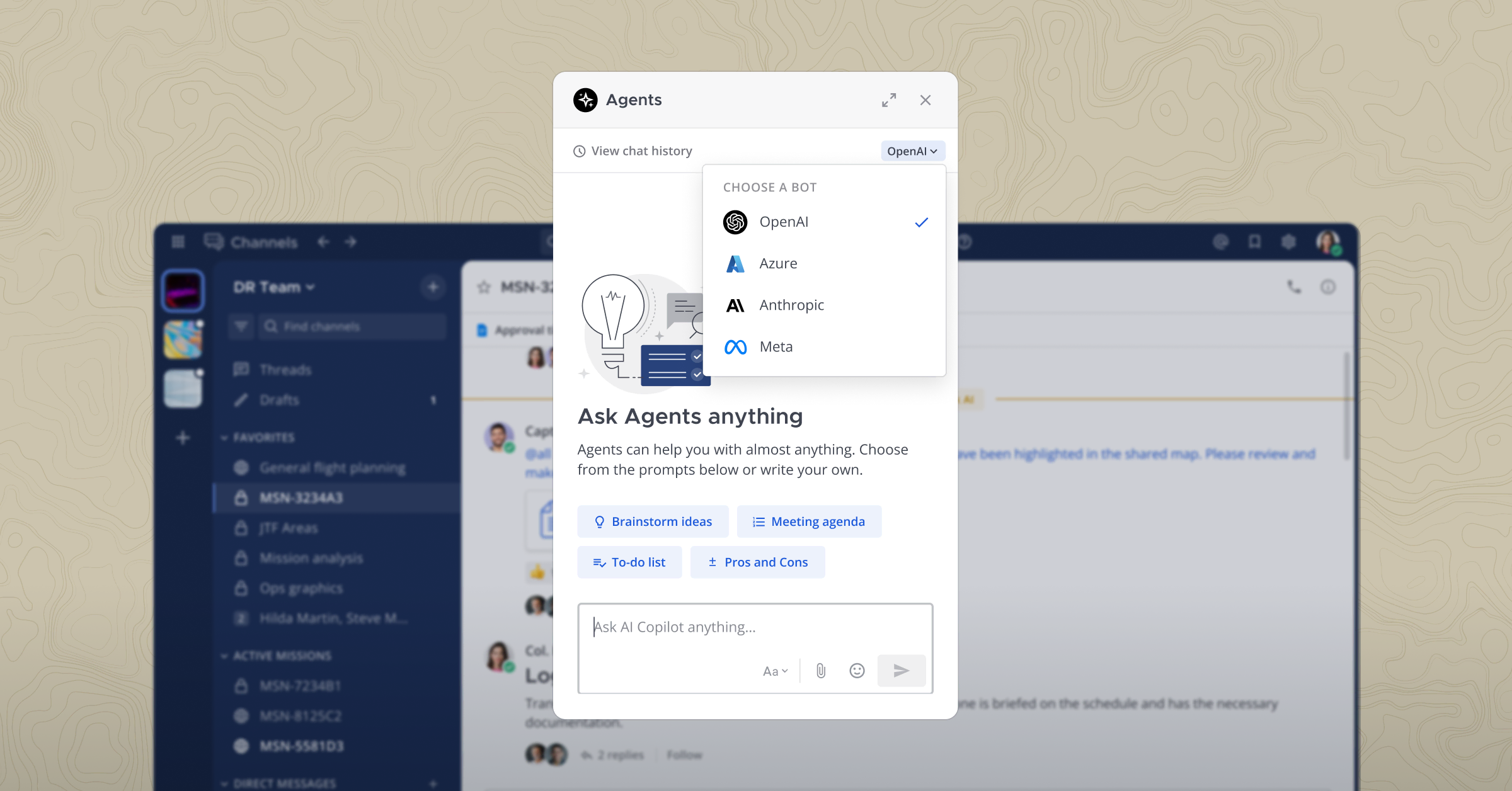
How your development team can streamline release management with the right collaboration platform
More than 26,000 software vulnerabilities were discovered in 2022 – a new record – and critical vulnerabilities were up 59% over 2021, the previous record-high year. In other words, despite years of DevSecOps, software doesn’t seem to be getting more secure.
Release management can help. A crucial goal of release management is vulnerability-free software. But secure software isn’t the only purpose of release management – the planning, testing, deploying, and orchestrating of software builds. Effective release management makes your development processes faster and your project outcomes more positive. It codifies and implements a repeatable set of best practices so that you get releases right every time.
Release management also involves people. It covers the roles directly involved in development, such as engineers, programmers, and quality managers. And it includes other stakeholders, like product managers and business decision-makers.
That’s where a purpose-built technical and operational collaboration platform comes in. The right collaboration solution can operationalize the practices, integrate the tools, and unify the people that are central to release management. Your team will not only have a better chance of releasing secure applications. It will also be better positioned to save time, improve quality, and support your strategic priorities.
Best practices for collaboration during release management
An effective collaboration platform should optimize every step of release management. Here are best practices for leveraging a technical collaboration solution in five release management phases:
1. Planning – Release planning involves multiple roles and functions. A technical collaboration platform can align your extended team – and keep them on the same page. A single source of truth keeps conversations centralized and sets the groundwork for a collaborative process. An effective collaboration solution helps you define and operationalize criteria for success by establishing acceptance requirements, setting quantitative goals, and implementing easy-to-measure release metrics.
2. Testing – No one wants to discover a bug or vulnerability after a release, so testing is critical. The key is to identify the right amount of testing to keep the release cadence moving while ensuring that bad code doesn’t get through. Standardize testing processes so that they’re repeatable and predictable. Implement a clear process for triaging test results and resolving issues before release.
You can use a small group of testers to observe software performance under increased loads to improve predictability. Controlled release of features helps to mitigate the risk of errors. Your collaboration platform can help you track metrics throughout testing to measure progress toward goals and keep teams aligned. Testing is also a good time to implement continuous monitoring and real-time alerts to minimize and resolve incidents.
3. Prep for production – Quality assurance (QA) might have approved the release, but you still need to keep the team aligned. A shared playbook can maintain the team’s focus. This is also the time to start looping in extended stakeholders. A checklist of need-to-know information for the communications team, for instance, can prepare them to publicize to internal or external customers.
4. Communication – Once your release is in production, users need to be made aware so that they can start benefiting from new functionality. Customizable templates for emails, user guides, and documentation can also contribute to release success.
5. Retrospectives – Now that the team has shifted to operations and maintenance mode, it’s time to review what worked and what didn’t. Assign owners for release retrospectives so that this crucial step isn’t missed. Also consider conducting quick, routine retrospectives throughout the process rather than waiting till something goes wrong or till after the release.
Determine how you can increase speed, ensure greater collaboration and develop better communication within and among teams to drive continuous improvement in release workflows. You can build improvements into your playbooks to make each release better than the last.
Throughout these phases, leverage your collaboration platform to ensure consistent communication with regular updates to all stakeholders. Also, automate as many workflows as possible to achieve consistency across releases and free up time for innovation.
Functionality that enables collaborative release management
An effective collaboration platform acts as a release management hub, centralizing essential conversations, tools, and workflows. It enables all contributors to work in a unified context and with a single pane of glass on release processes.
But the right solution doesn’t just encourage collaboration. It also automates repeatable processes, reduces the risk of manual errors and oversights, ensures consistent and reliable deadlines, and creates visibility to align business and development goals. Look for a collaboration platform that delivers:
Topic-based collaboration channels: Channels centralize project-specific, context-relevant communications and content in a single place. They enable centralized information and a single source of truth across roles, from engineers to quality managers to product managers. Group and 1:1 messaging should enable real-time and asynchronous communication, with a fully searchable message history. Voice and videoconferencing capabilities should enable synchronous in-channel meetings. Files, images, links, and rich markdown formatting should also be integrated. Customizable templates for emails, user guides, and documentation contribute to release success.
Integrations with essential tools– Built-in tool integrations enable team members to use their role-specific tools – Jira, GitHub, Productboard, and so on – in a single project context. Integrations should include plugins, bots, custom slash commands, and webhooks. The ability to access the right tools without context-switching is a major contributor to team productivity, software quality, and release success.
Shared workflow checklists– Playbooks provide prebuilt and customizable ways of realizing predictable outcomes. Your teams can orchestrate prescribed workflows and define, streamline, and document complex, recurring operations. Your release management playbook should cover key steps such as code prep, release testing, release prep, and post-release.
Vulnerability-free software might be an elusive goal. Perfect code is probably impossible. But a technical collaboration platform can tangibly improve release management – and your releases. By bringing together the right people, tools, and automation, a collaboration solution can ensure that release management contributes to your organization’s success.




